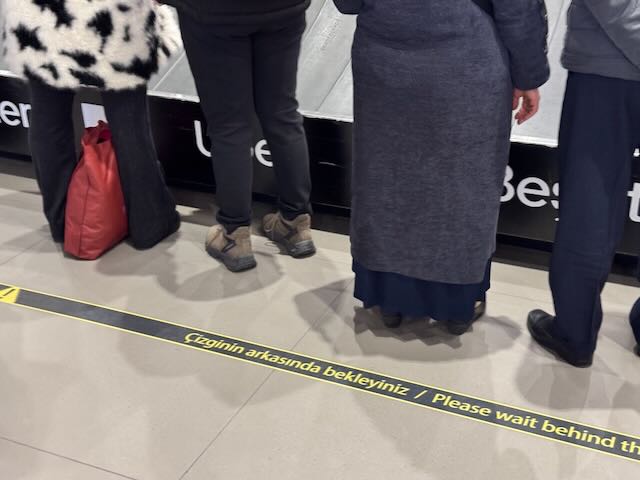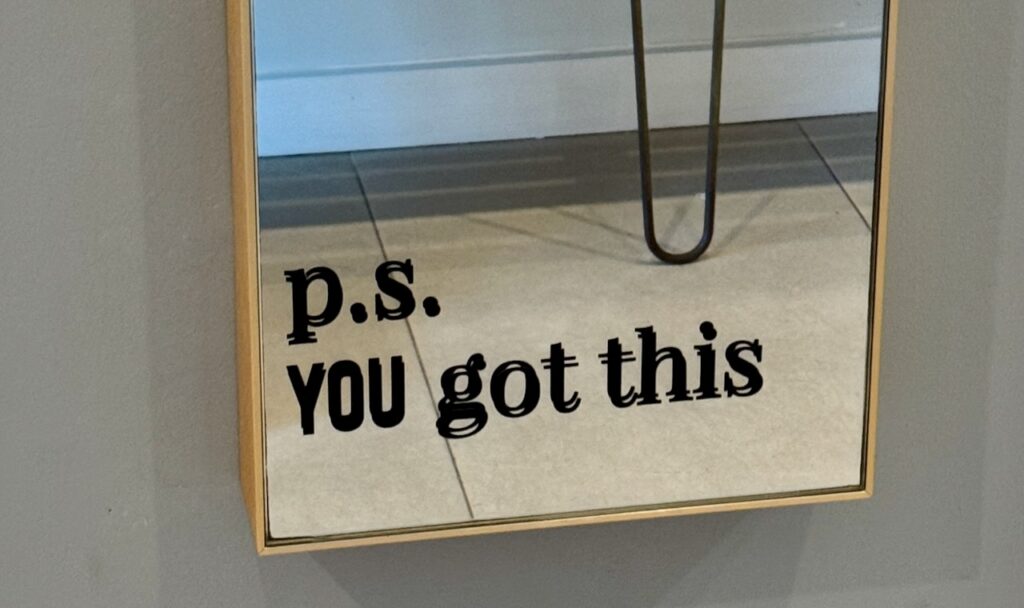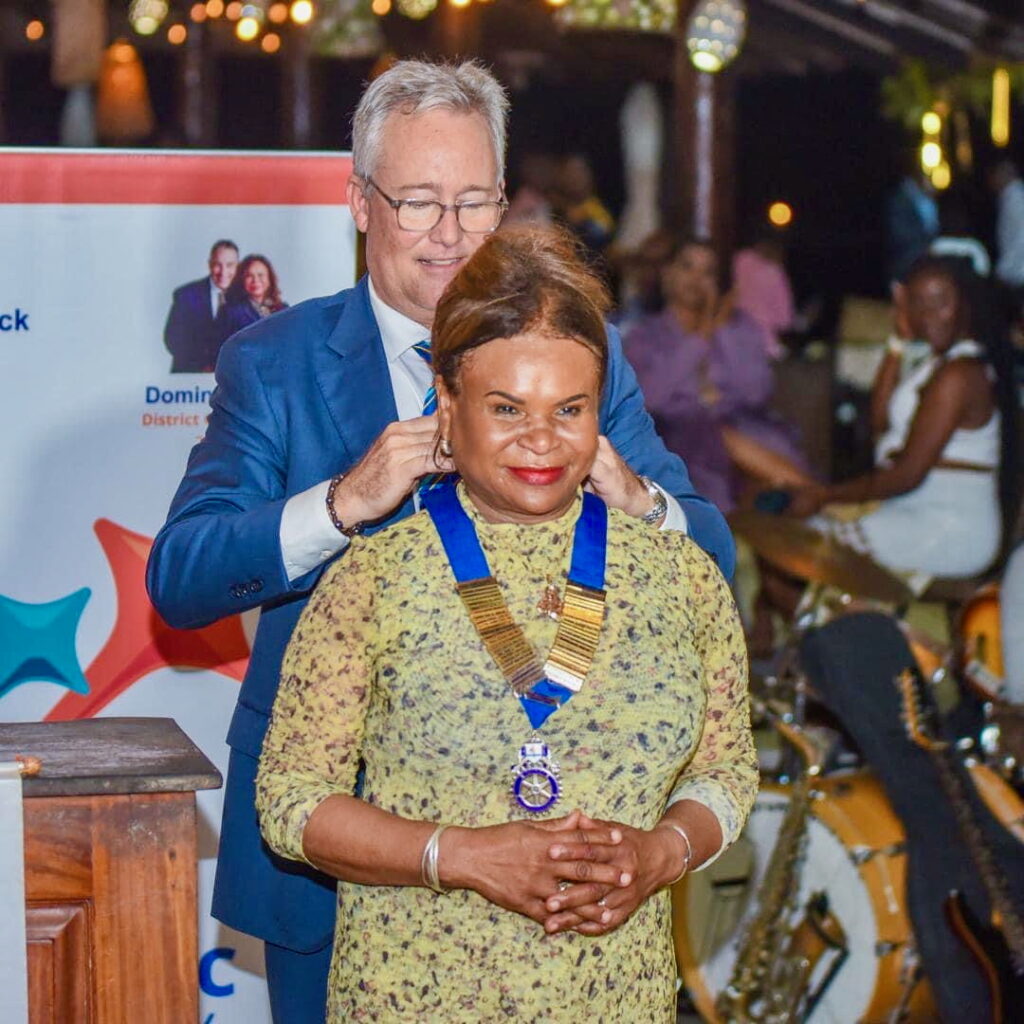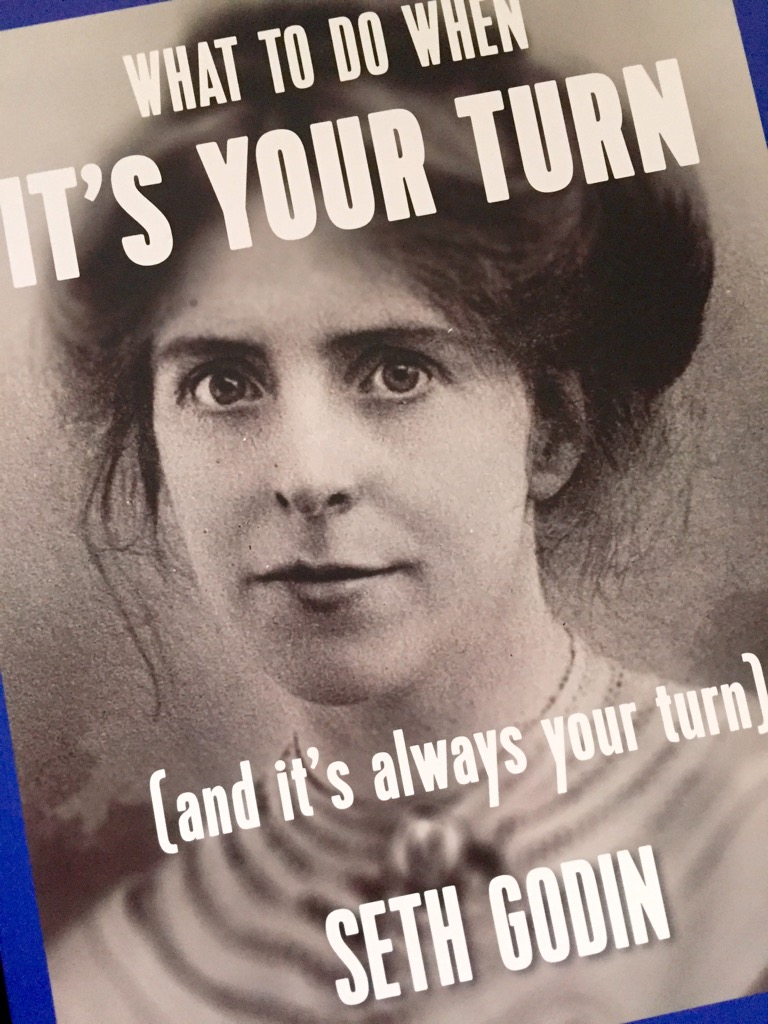Our daughter got a mild concussion yesterday at school. Over four years that our kids have been at Trinity College School I think my wife and I always expected that the email from the school that they had our child in the medical centre being assessed for concussion would relate to our son. But no.A pre-breakfast moment of limbo hijinks resulted in Taylor falling and hitting her head on the ground and activating a most impressive protection process by the school medical staff.
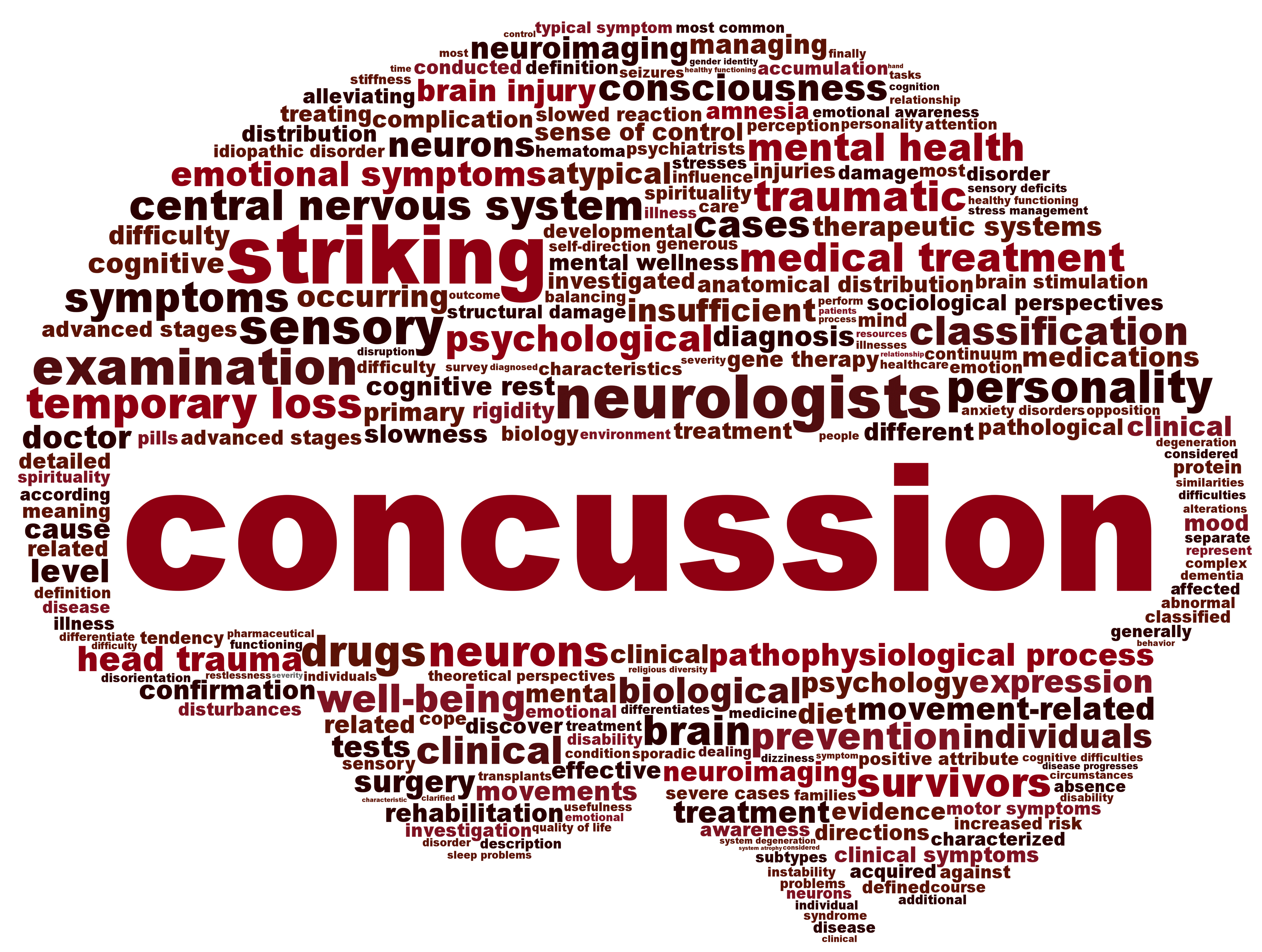
When I was a kid an impact to the head and any resulting dizziness or headaches were just a part of life and not given much attention unless seriously debilitating. Times have changed for the better. In large part this is due to the awareness of the cumulative effect of head injuries in sports such as American / Canadian football and rugby. For an excellent insight into the long-term nature of repetitive head injury, I can recommend the film Concussion, starring Will Smith. The protocols that have been established over the years for injuries on-field have been extended to the wider campus, and it is impressive.
Within minutes of this accident, Taylor had been taken to the school medical centre where she completed a Sport Concussion Assessment Tool 3 (SCAT3) test, the result of which indicated she was experiencing 19 of the possible 22 symptoms. With this result, the school immediately instituted their head injury protocol which includes close monitoring in the health centre on day one, and a daily repeat of the SCAT3 test until she is symptom-free. She was also immediately banned from all screens including phone screens, which for a teen meant immediately assigning a friend to keep her Snapchat streaks going. Priorities! When the test results are normal (hopefully soon), the school then institutes its Return to Learn programme with respect to classes and school work missed while on screen restriction. This involves the active participation of the Academic Support Office at the school in a holistic approach to bringing the student back up to academic ‘speed’ after pulling them back 100% to allow the brain to recover from the injury.
